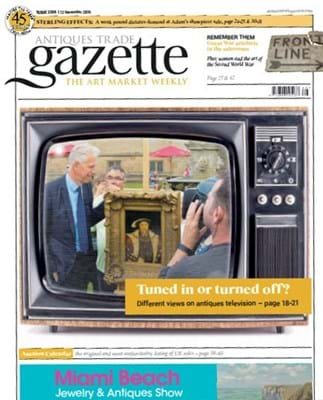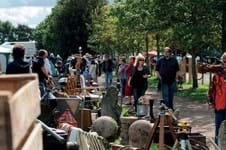And because I’m retired, I watch many, if not all, the antiques TV programmes for the same reason. So I feel compelled to address a point made in your recent round table on the subject (ATG No 2266).
Michael Baggott does not seem to recognise that dealers do not have to give 40% or 65% discount on a piece he or she offers for sale, any more than buyers have to pay the price asked for the same item. It is a matter of negotiation on each side.
And he must know that dealers give high discounts on TV because they factor in the added gain of advertising their existence as a seller of pieces at reasonable prices.
However, a much greater complaint I have is about valuers on TV shows when they give unrealistic reserve prices on items.
If I present to Flog It! an amount of clearly hallmarked gold, for example, then on that day the valuer can tell within a couple of pounds the scrap value of that metal, whether it is worked as a locket or a chain or whatever.
If that sum is, say, £100, then to put it into auction with an estimate of £100-150 and a reserve of £100 is robbing the consignor they are there to help. That’s because the valuer knows that if the item just reaches the reserve, it will sell and they will get, perhaps, £82 – whereas the buyer will pay £118 (or so) for the privilege. The true reserve should be adjusted on the sale day if the ‘fix’ has altered the day before.
Without such a change in practice, the only people being helped, financially and to a considerable degree, are the auctioneers who will get a percentage of the hammer price on such items.
Good for them, but it is clearly at the expense of the poor (or not so poor, but ignorant) consignor who is being ‘helped’ by the BBC or ITV.
GA Fisher
Oban












